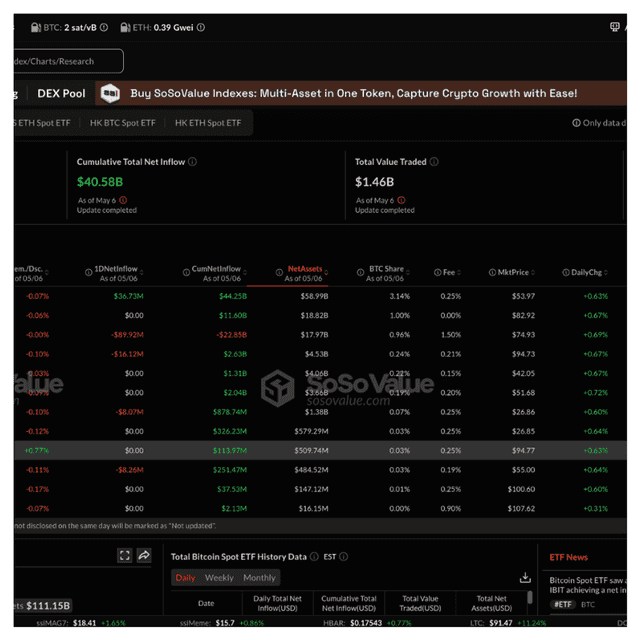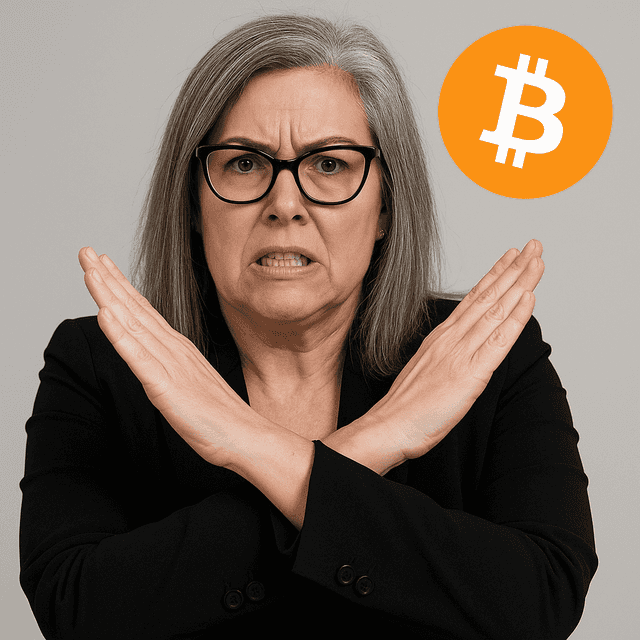2025-05-05 13:00
블록미디어

출처: Block Media
**Loan-to-Deposit Interest Rate Gap Hits Record Levels Amid Declining Deposit Rates**
The loan-to-deposit interest rate gap, a critical metric for South Korean banks' interest income, has expanded for eight consecutive months, reaching unprecedented levels since bi-annual records began in 2022.
Fluctuating household lending demand, partly due to policy changes like land transaction permit adjustments earlier this year, has kept lending rates steady despite regulatory interventions. Meanwhile, deposit rates continue to fall as market interest rates decline, further widening the loan-to-deposit rate gap.
March statistics highlight the largest gaps in nearly three years at some major banks.
**Household Loan-to-Deposit Spread Increases at Top Five Banks**
South Korea's five major banks—KB Kookmin, Shinhan, Hana, Woori, and NH Nonghyup—reported loan-to-deposit interest rate gaps ranging from 1.38 to 1.55 percentage points for household loans in March, according to the Korea Federation of Banks.
Specifically, NH Nonghyup recorded the widest spread at 1.55 percentage points, followed by Shinhan (1.51 points), KB Kookmin (1.49 points), Hana (1.43 points), and Woori (1.38 points).
This analysis excludes high-interest policy loans targeting low-income households, which could otherwise distort the spreads with higher risk premiums.
Among South Korea’s broader banking sector, Jeonbuk Bank recorded the widest spread at 7.17 percentage points in March. Other notable banks include Citi Korea (2.71 points), Jeju Bank (2.65 points), and Toss Bank (2.46 points).
**Record-Level Spreads Since 2022 Reporting Standards**
March brought record-high spreads for several key banks. Shinhan Bank's spread hit 1.51 percentage points, its highest since the reporting system's inception in July 2022. Similarly, Hana Bank marked its peak spread so far at 1.43 percentage points.
KB Kookmin Bank's March spread of 1.49 percentage points was the highest since January 2023, while Woori Bank saw its widest differential in over two years. Although NH Nonghyup's 1.55-point spread isn't at its peak, it represents the highest figure in more than a year.
The upward spread trend since August last year is attributed to heightened housing market activity, which spurred a surge in mortgage loans. Regulatory moves to curb lending demand prompted banks to raise lending margins while leaving deposit rates relatively unchanged.
**Falling Deposit Rates Expected to Widen Spreads Further**
Typically, in a rate-cutting environment, the loan-to-deposit interest rate gap narrows as loan rates fall more quickly than deposit rates. However, the current trend defies this norm—deposit rates are dropping amid concerns over rising household debt, keeping lending rates steady and widening the spread.
Major banks like SC First Bank, KakaoBank, Woori Bank, and Toss Bank implemented rate cuts on fixed and savings deposit products in March, reducing rates by 0.10% to 0.50%. Consequently, the highest 1-year term deposit rates at the top five banks now range from 2.58% to 3.10%, down from the 3% range earlier this year.
NH Nonghyup's “NH Hometown Affection Donation Deposit” is the only product still offering rates above 3% at 3.10%, which includes an additional 0.50% hike for qualifying customers.
**Household Lending Rises by KRW 4.5 Trillion in April**
Household lending at the top five banks surged in April, with balances increasing by KRW 4.53 trillion compared to March, marking the largest rise in seven months. Mortgage loans accounted for KRW 3.75 trillion of the growth, highlighting sustained demand for housing-related credit.
Despite the uptick in lending, banks are wary of credit growth control and regulatory scrutiny. A major bank official noted, “Given the April rise in household debt, significantly reducing lending margins would unduly pressure banks. A substantial compression in the loan-to-deposit gap is unlikely in the coming months.”
Banks remain cautious as April's data underscores both the persistent expansion of the loan-to-deposit interest rate gap and elevated household debt levels, challenging South Korea’s financial stability.
View original content to download multimedia: https://www.blockmedia.co.kr/archives/901783




